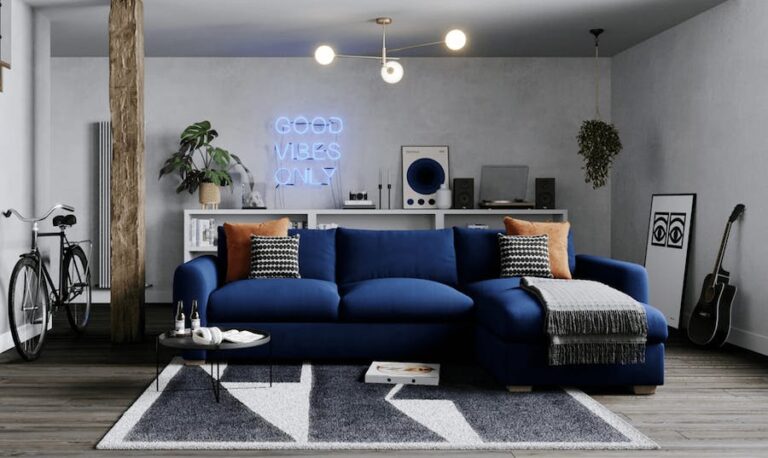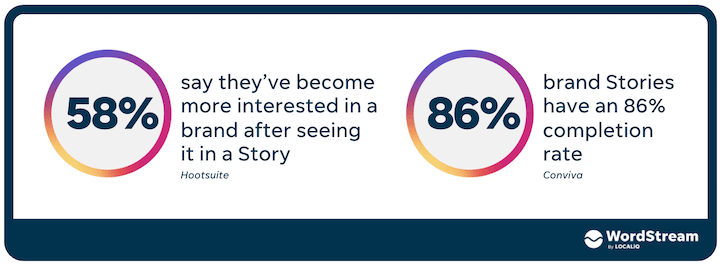
“Some of these examples include WiFi enablement in physical store locations to improve personalisation, mobile capability with in-store maps for inventory locations, and AI chatbots that expedite customer service inquiries across all communication channels,” he says. At the same time, Frivold emphasises the need for interactive data-driven technologies.
“This is a prime example of personalisation that attracts the consumer. By giving the option to virtually try-on makeup, customers can imagine how the products will look and increase their chances of purchasing, while simultaneously decreasing the chance that the product will not match their expectations,” he says.
Technology can bridge the gap between home & store
In terms of other industry developments to come, Frivold says that, overall, CX will become more sophisticated with the use of automated AI and predictive customer models.
Again, Frivold brings the subject back to data, with “brands that are able to leverage customer data effectively able to gain huge wins in CX as customers expect more nuanced, tailored interaction with brands.”
“2022 is going to bring more customer-led, digital-forward CX that works both in-store and in online channels,” he explains. “With the labour shortage intensifying and Covid lingering, brands must rethink their CX strategy. Even in stores, interpersonal interaction may no longer be the main source of customer touchpoint.”
Join us on 27th April, in London or virtually, for Econsultancy Live: CX2022, where we’ll hear from a range of speakers, including from Retail, and will discuss the latest trends via roundtables with peers.
With a clear demand for omnichannel retail, Frivold suggests that brands should invest wisely, focusing on “the technologies and platforms that enable a seamless CX experience on all fronts.”
Frivold thinks personalisation is key for creating better experiences in store – a move away from the “generic information and ads that modern consumers are flooded with.”
Personalisation & time-saving is paramount
“Thus, stores will start to focus less on in-store interpersonal interactions and more on convenient CX and building genuine relationships with customers through personalised loyalty programs.”
“For a clothing store, a smart mirror that allows customers to contact a stylist or assistance and browse possible Pinterest-inspired outfits in the fitting room can go a long way. Another successful experience I’ve seen is interactive game stations in-store to keep the non-shoppers involved.”
He continues: “Businesses will likely lean into data and use this information to identify promotions and offers for each individual consumer.”
Going deeper, he proposes that time-saving features are becoming increasingly important. “Customers tend to get turned off if the space is crowded with other customers,” he says. “By offering customers the ability to line up in a queue digitally or book an appointment ahead of time, customers will feel that sense of speed they do when online shopping, maximising the time customers spend shopping instead of waiting in line.”
But it is not a case of one-size-fits-all, of course. Different retailers will want to create different experiences, as well as achieve different goals from technology.
Sephora and IKEA set the bar for in-store experience
Ultimately, thinks Frivold, “this shift will force both businesses and consumers to adopt digital wallets and currencies to make transactions, which can lead to major changes in the retail market when it comes to payments and currency acceptance.”
Finally, with many more brands entering the ‘metaverse’ (however you want to define it), including the likes of Gucci and Estee Lauder, Frivold says that this trend is likely to shape the future of retail, “by using technology to not only immerse customers more throughout the purchasing process, but also by increasing personalisation based on customer data.”
Ultimately, brands should always focus on the key factors that customers look for when shopping. “With furniture and home design, consumers tend to care more about the layout and comfort level and would prefer to try or test items out before purchasing,” he says. “Technology can bridge the gap between their experience in-store and at home by allowing them to quickly draft and project their home settings into the showing space where the furniture is set with a projector or VR set and an interactive board. This allows customers to view the furniture in a real-life scenario.”
As the world becomes increasingly digital and ecommerce is often more convenient than going to the store, how should brick-and-mortar experiences be evolving?
Nuanced, tailored interactions drive genuine loyalty
“For example, a furniture store may leverage ecommerce capabilities to increase the basket size, strengthen its customer loyalty, or widen the audience reach, while a healthcare provider might use its ecommerce capabilities to spread awareness about vital information and ensure that information is presented to the right people,” suggests Frivold.
Finally, Frivold says that investing in the foundation elements of physical retail, such as the purchase and return process, can go a long way. “A fast and easy return process via all platforms can expedite purchases and assurance in physical retail. This can be accomplished with the help of return kiosks in different areas where store locations are not easily accessible or the use of Starship bots for deliveries and returns,” he states.
I recently spoke with Owen Frivold, EVP of strategy at Hero Digital – a company whose work is described on its website as “building experiences for transformational growth”. We talked about out how physical stores can use technology in the future to deliver a competitive edge.
“This is the future of home design – being able to design your home in an app and automatically put the products on hold in store,” he says. “The level of visualisation both of these experiences offer is what the consumers are craving from retailers these days. By leveraging these different virtual try-ons, brands can truly immerse the customer into their products.”
“For example, brands can invest in in-store digital platforms that allow customers to compare two products at once without having to rely on their smartphones. This gives consumers the perks of online shopping while enjoying the in-person experience.”
Frivold also names IKEA and its app (that allows customers to furnish a specific space of their home through room measurements in 3D) as another particularly impressive example.
Additionally, says Frivold, “optimising the testing and ‘exhibiting’ phase cannot be ignored,” i.e. how stores best showcase selections to customers.






